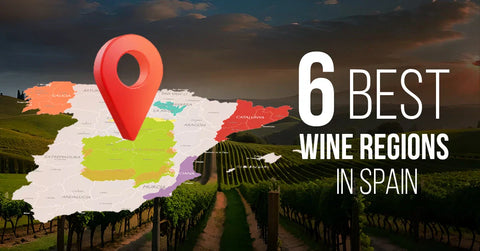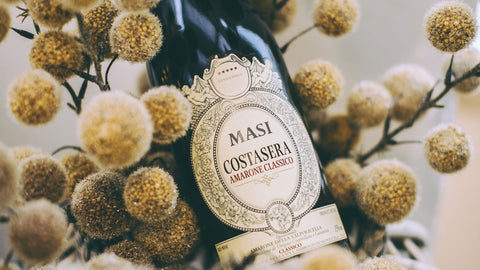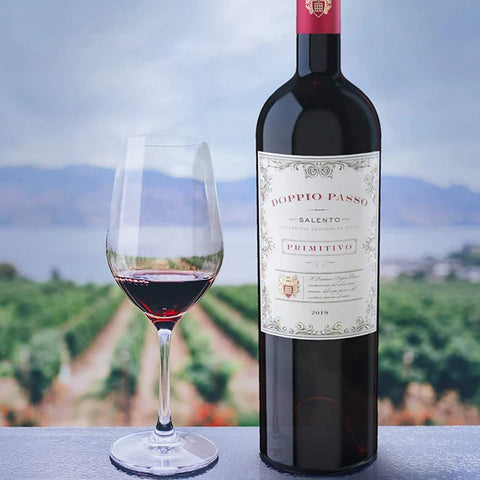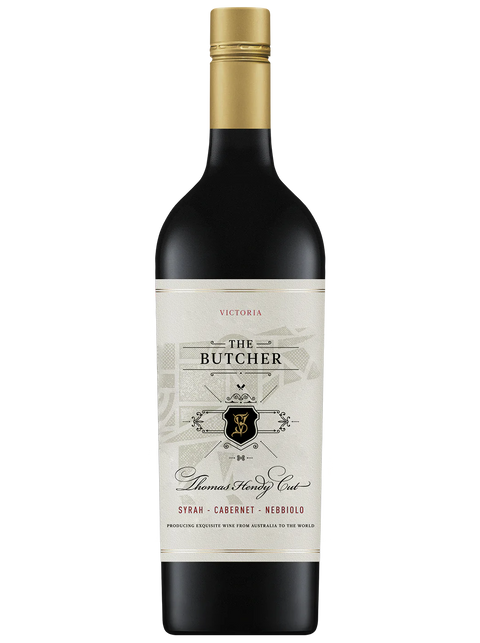Spain stands as one of the world's premier wine-producing countries, with a rich viticultural history spanning thousands of years. The country boasts over 70 designated wine regions, each with distinctive terroirs that contribute to Spain's impressive diversity of wine styles. From the sun-drenched plains of La Mancha to the lush green landscapes of Galicia, Spain's best wine regions have given rise to distinctive wine styles that continue to captivate enthusiasts globally.
Spain's Premier Wine Regions
|
Region |
Climate |
Key Grape Varieties |
Notable Wine Styles |
|
Rioja |
Continental with Mediterranean influence |
Tempranillo, Garnacha, Graciano, Mazuelo |
Aged reds (Crianza, Reserva, Gran Reserva), fresh whites |
|
Ribera del Duero |
Continental |
Tempranillo (Tinto Fino), Cabernet Sauvignon |
Bold, structured reds |
|
Priorat |
Mediterranean |
Garnacha, Cariñena |
Powerful, mineral-driven reds |
|
Rías Baixas |
Atlantic |
Albariño |
Crisp, aromatic whites |
|
Jerez |
Mediterranean |
Palomino, Pedro Ximénez |
Fino, Amontillado, Oloroso, Pedro Ximénez |
|
Penedès |
Mediterranean |
Xarel·lo, Macabeo, Parellada |
Cava, innovative whites and reds |

Rioja: Spain's Crown Jewel
Rioja remains Spain's most recognized wine region, renowned for its elegant, age-worthy red wines. Located in north-central Spain along the Ebro River, this region benefits from a unique combination of Atlantic, Continental, and Mediterranean influences that create ideal growing conditions.
What makes Rioja special:
-
Distinctive terroir: Three sub-regions offer unique expressions - Rioja Alta (higher elevation, more elegant wines), Rioja Alavesa (chalky soils, structured wines), and Rioja Oriental (warmer climate, riper styles)
-
Aging classification: The region's traditional aging system categorizes wines as Crianza (2 years aging), Reserva (3 years), and Gran Reserva (5+ years)
-
Signature taste profile: Classic Rioja reds blend vibrant red fruit with vanilla, coconut, and spice from American oak aging
Must-visit wineries include the historic Marqués de Riscal with its Frank Gehry-designed hotel, traditional R. López de Heredia, renowned CVNE, and prestigious La Rioja Alta.
Ribera del Duero: Power and Prestige
Located on the elevated northern plateau of the Iberian Peninsula, Ribera del Duero has emerged as one of Spain's premier red wine regions, often rivaling Rioja in prestige among the best wine regions in Spain.
Key characteristics:
-
Extreme climate: High-altitude vineyards (up to 850m) experience scorching summers, freezing winters, and dramatic day-night temperature fluctuations
-
Tinto Fino mastery: The local Tempranillo clone produces smaller grapes with thicker skins, resulting in intensely concentrated wines
-
Modern-traditional balance: The region combines ancient winemaking heritage with contemporary innovations
Iconic producers like Vega Sicilia (Spain's most prestigious winery), Pingus (producing some of Spain's most expensive wines), Aalto, and Emilio Moro showcase the region's exceptional quality.
Priorat: Spain's Mountainous Marvel
A small mountainous region in Catalonia, Priorat has risen from obscurity to become one of Spain's most prestigious wine designations in recent decades. Its steep hillsides and distinctive llicorella (slate) soils create wines of remarkable intensity.
Notable features:
-
Challenging viticulture: Extreme slopes require hand harvesting and yield minimal quantities of highly concentrated grapes
-
Mineral complexity: The slate soils impart a distinctive minerality and graphite character to the wines
-
Old-vine treasures: Ancient Garnacha and Cariñena vines (some over 100 years old) produce wines of extraordinary depth
Pioneering producers like Alvaro Palacios (L'Ermita), Clos Mogador, Clos Erasmus, and Mas Martinet have elevated Priorat to global recognition.
Rías Baixas: Albariño Paradise
Located in Spain's verdant northwest Galicia region, Rías Baixas is the spiritual home of the Albariño grape, producing some of Spain's most celebrated white wines. The Atlantic influence creates a cool, rainy climate perfect for aromatic varieties.
What sets it apart:
-
Unique training system: Traditional pergola systems (known as parras) elevate vines above the damp soil to prevent disease
-
Sub-regional diversity: Five distinct sub-zones each impart subtle differences to the wines
-
Seafood affinity: The wines' bright acidity and saline character make them perfect companions to the region's exceptional seafood
Leading producers include Pazo de Señorans, Do Ferreiro, Terras Gauda, and Mar de Frades, each showcasing Albariño's remarkable potential.
Jerez: The Sherry Triangle
The historic Sherry Triangle in Andalucía represents one of the world's most unique wine traditions. This sun-drenched southern region produces fortified wines of remarkable diversity and complexity that have influenced winemaking globally.
Distinctive elements:
-
Solera system: A fractional blending method that creates consistency and complexity
-
Flor influence: A layer of yeast that develops in certain styles, creating distinctive flavors
-
Remarkable versatility: Styles range from bone-dry Fino to lusciously sweet Pedro Ximénez
Legendary houses like González Byass, Lustau, Barbadillo, and Valdespino maintain centuries-old traditions while embracing modern approaches.
Penedès: Cava's Birthplace and Innovation Hub
Located in Catalonia near Barcelona, Penedès is not only the birthplace of Spain's traditional method of sparkling wine, Cava, but also a center of viticultural innovation and experimentation.
Highlights include:
-
Microclimates: Varied elevations create distinct growing zones for different varieties
-
Sustainability leadership: The region pioneered organic and biodynamic viticulture in Spain
-
Diverse portfolio: Beyond Cava, the region produces outstanding still wines from both native and international varieties
Standout producers like Gramona, Recaredo, Torres, and Parés Baltà continue to elevate the region's reputation for quality and innovation.
Experience Spain's Viticultural Diversity
Spain's best wine regions offer tremendous diversity, from age-worthy reds to crisp whites and unique fortified styles. The combination of indigenous grape varieties, distinctive terroirs, and both traditional and innovative winemaking approaches makes Spain one of the most exciting wine countries to explore. Whether you're a seasoned oenophile or a curious beginner, the wine regions of Spain provide a fascinating journey through flavor, culture, and history.
































